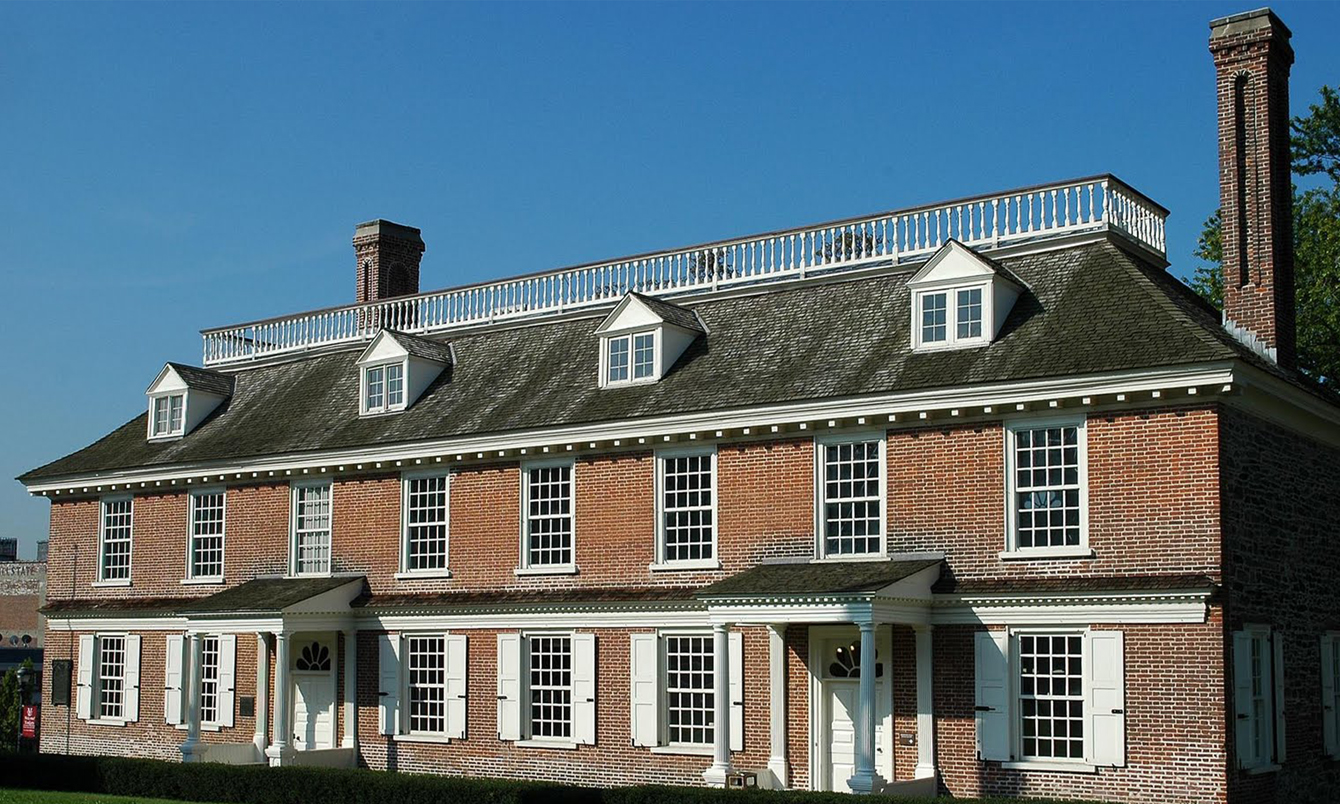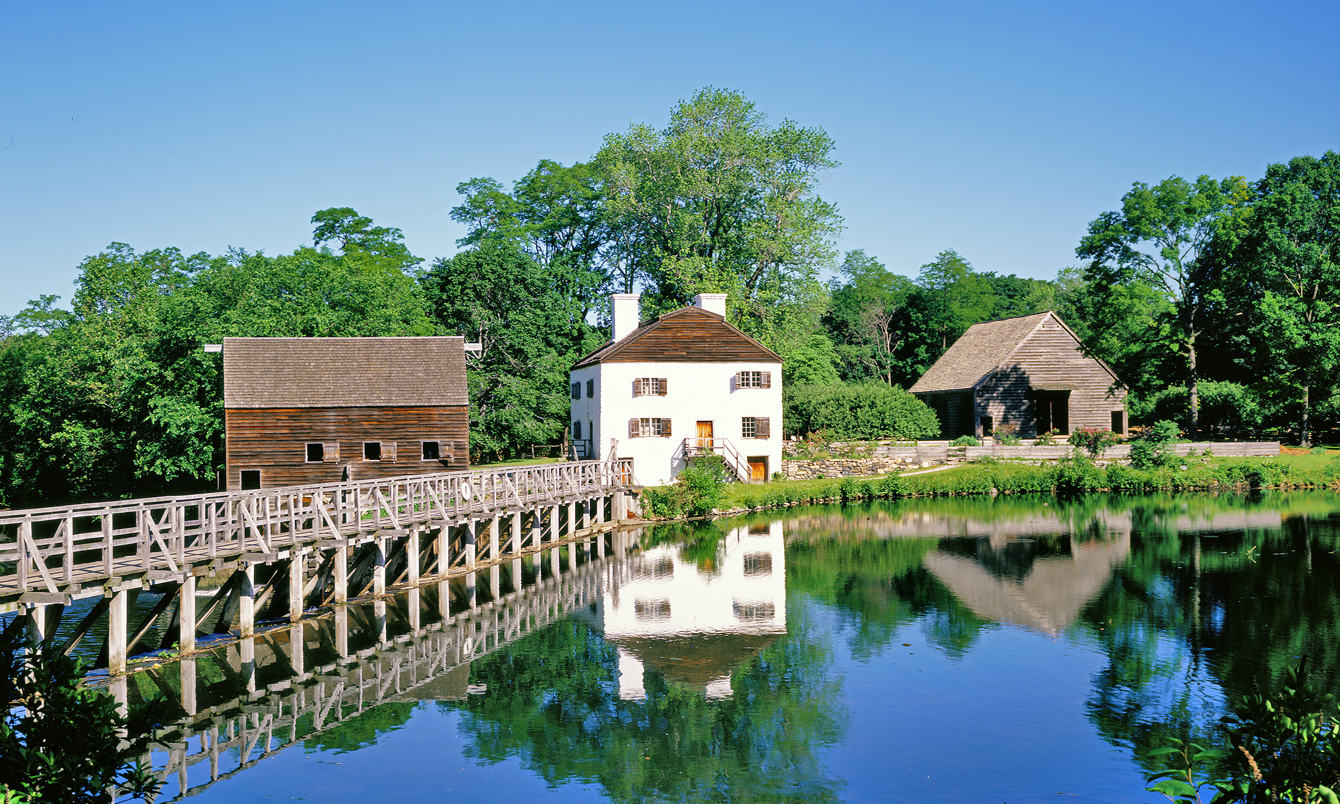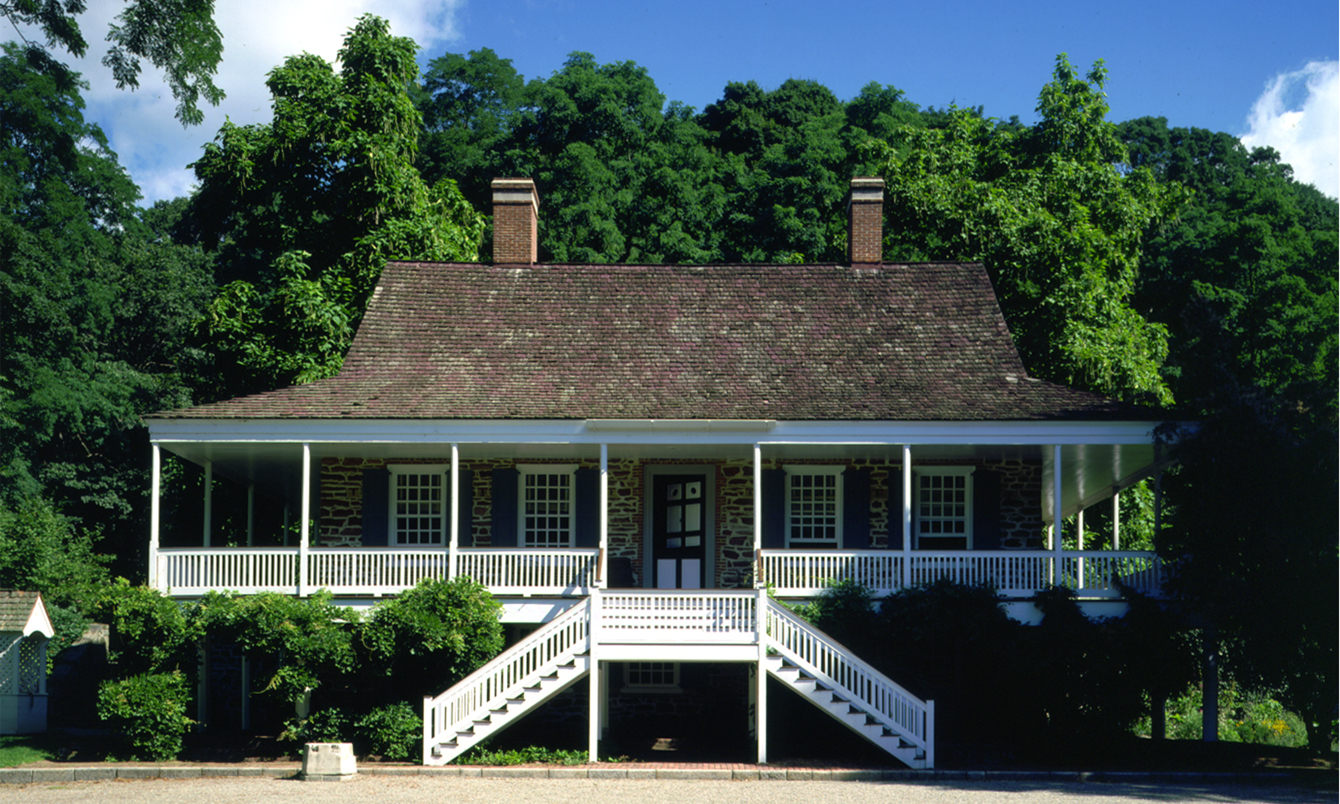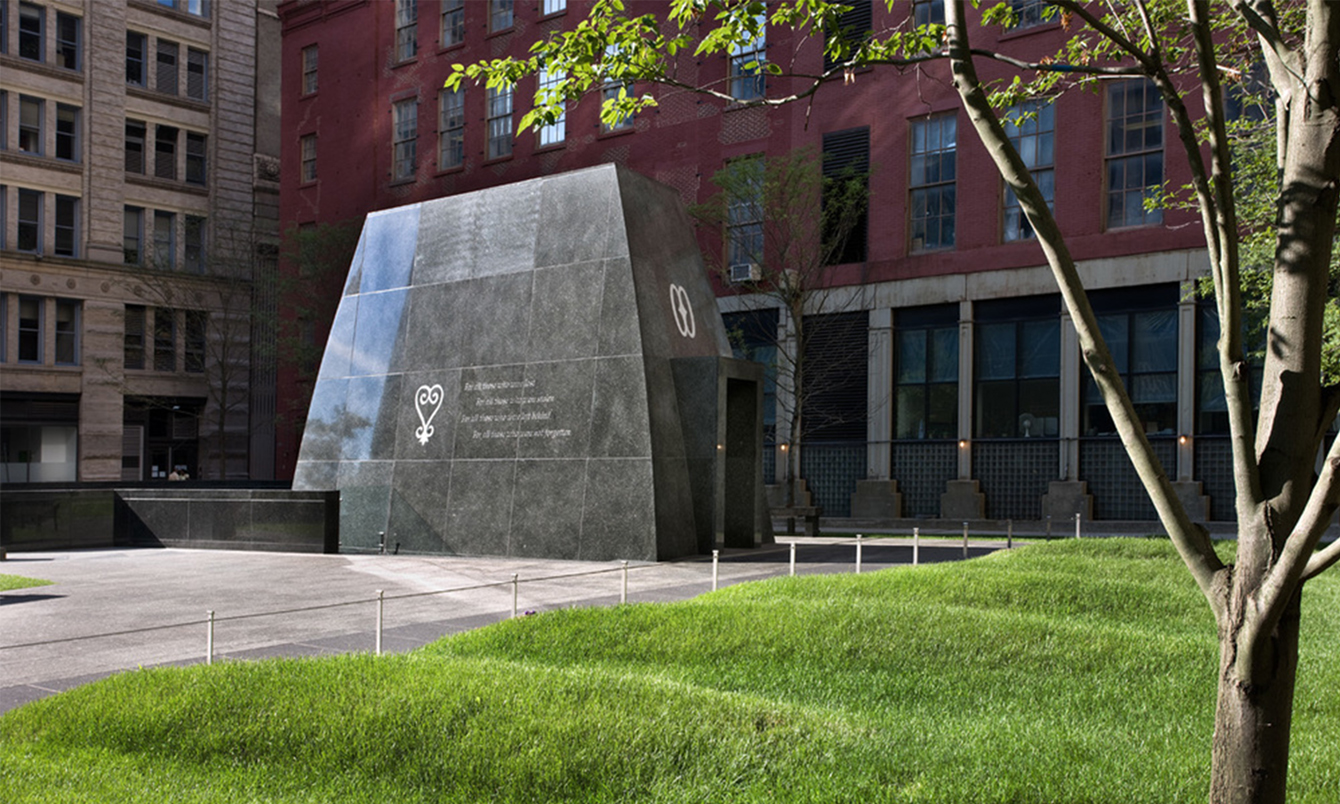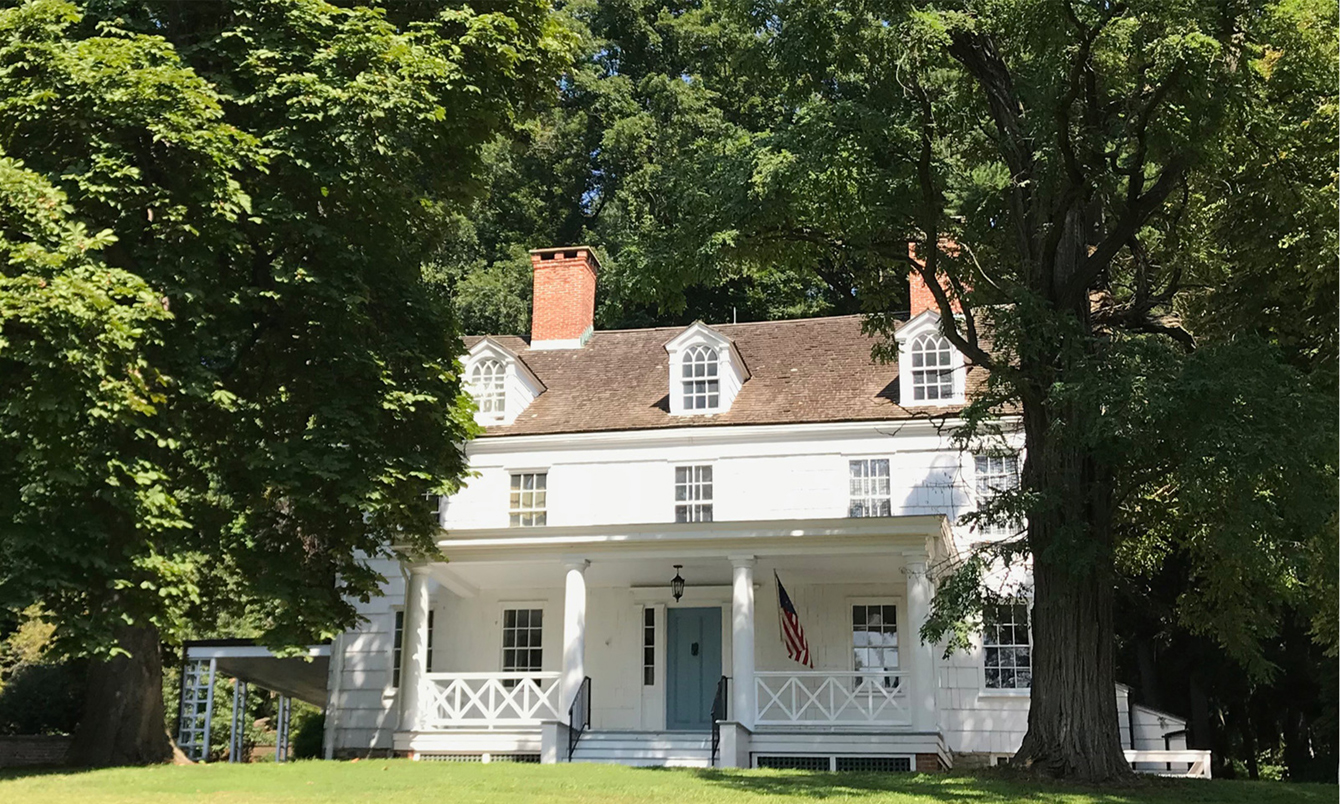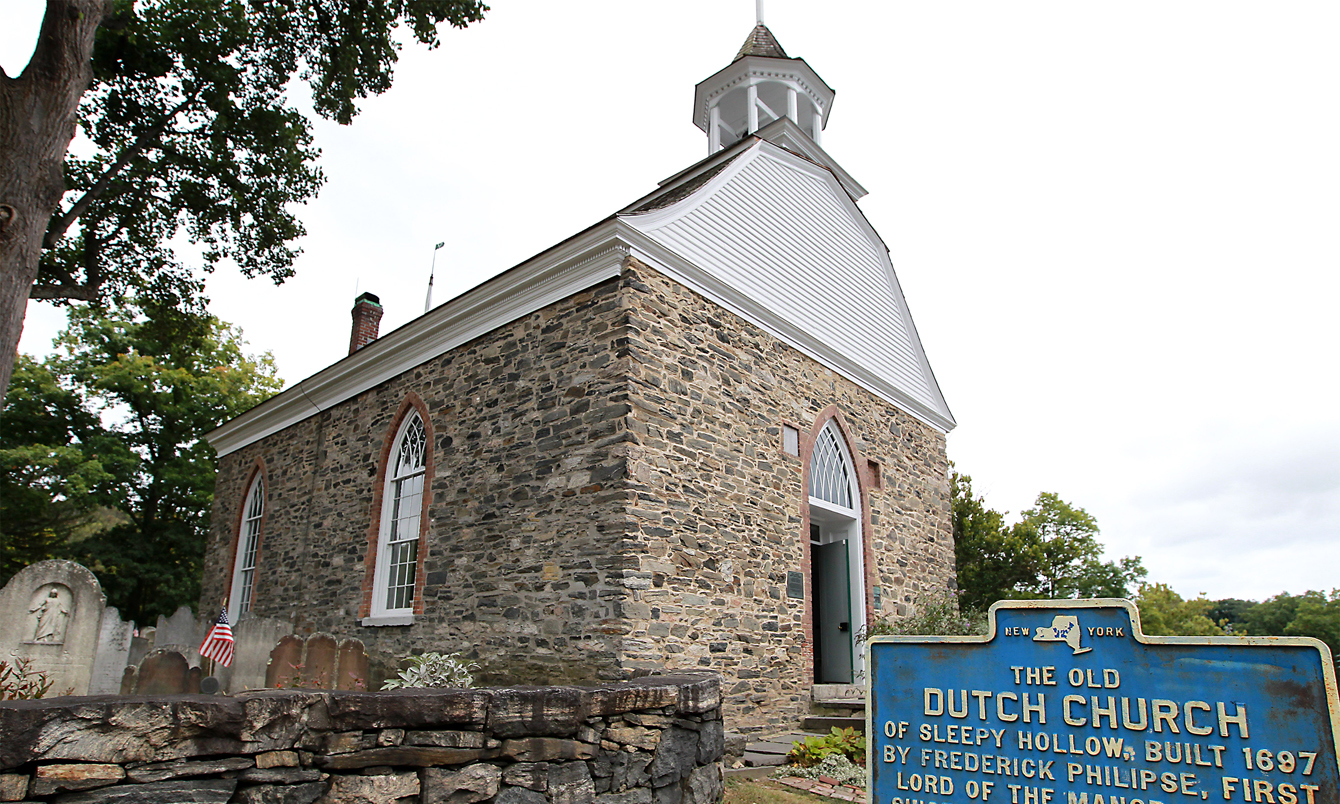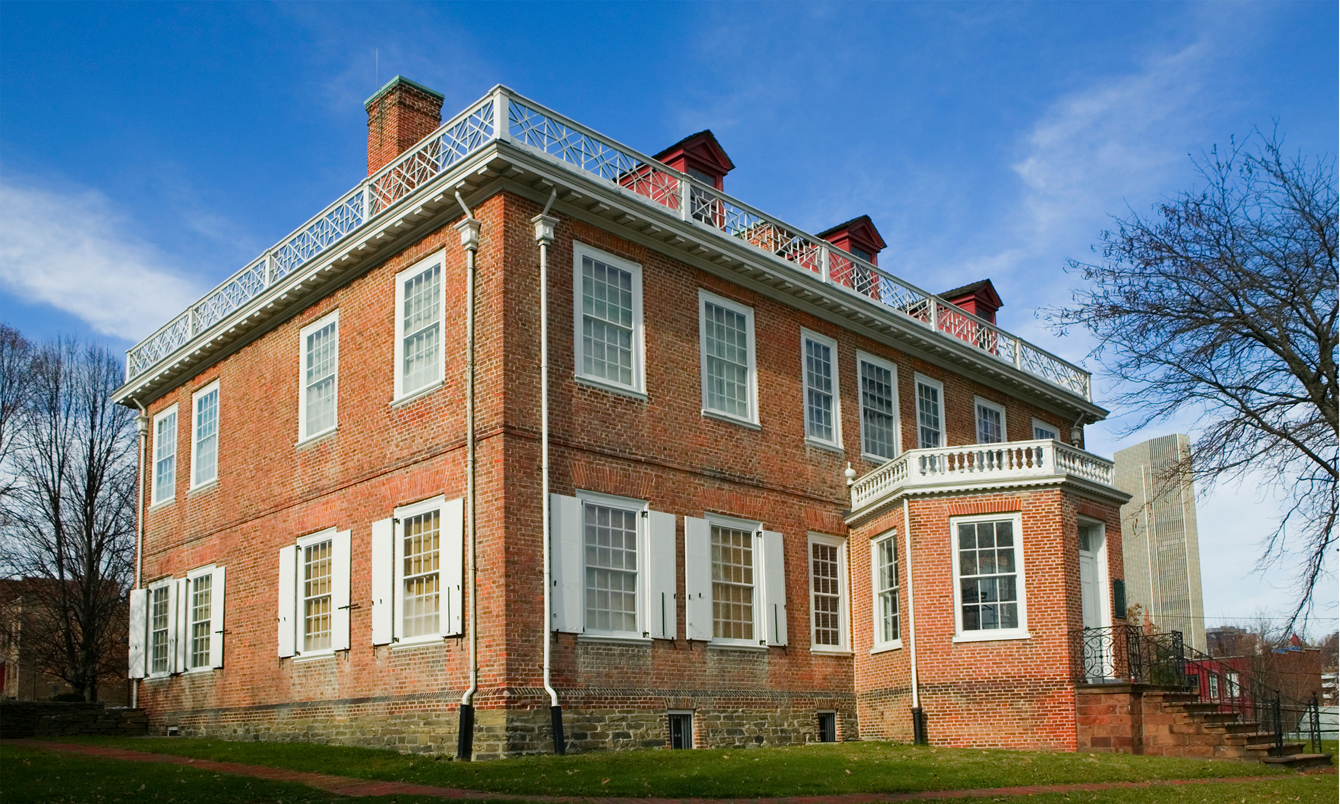Philipsburg Manor Lower Mills—located at the site now known as Philipse Manor Hall—and Philipsburg Manor Upper Mills, now known as Philipsburg Manor, were both part of Philipse’s property. He had purchased this land from the Weckquaesgeek people, and he received a royal charter for it in 1693. When Frederick Philipse died, his Lower and Upper Mills were divided and bequeathed to Frederick Philipse II and Adolph Philipse, respectively.
Following the death of Frederick II, his son, Frederick III, inherited most of the Lower Mills property, including more than 30 enslaved laborers. Frederick III was a Loyalist and fled to England during the American Revolution. His estate, including enslaved people, was confiscated by the New York State Legislature and sold at public auction. In 1868, after passing through the hands of many owners, the house became Yonkers Village Hall and, in 1872, the first Yonkers City Hall.
Philipse Manor Hall is now a New York State historic site, open to the public as a museum of American history.


